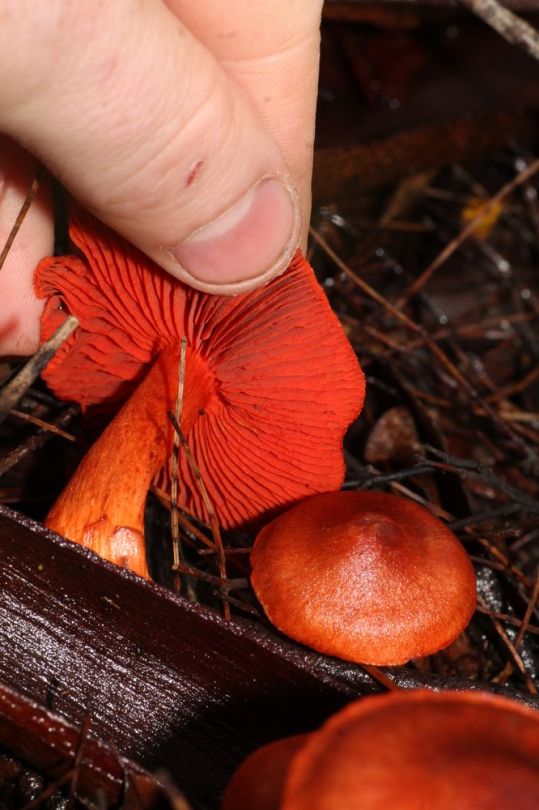#cortinarius
Text

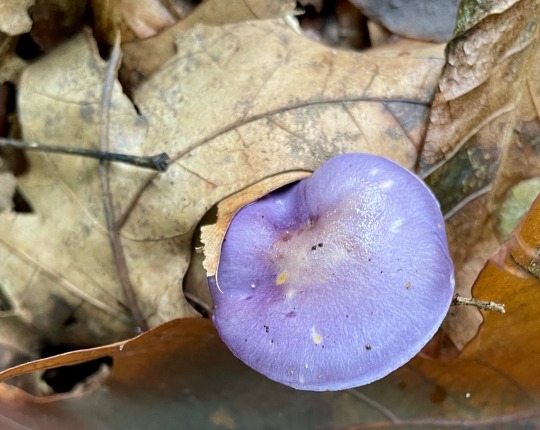

Viscid violet cort, one of two kinds of purple mushrooms I saw yesterday.
2K notes
·
View notes
Text

Me and the bad bitch I pulled by failing to properly defend myself against parasitic organisms.
#do enough people know how mycoheterotrophic plants work?#let me know if this is doesn't make sense#cortinarius#ghost pipe#196#shitposting#murdering babies#funny#mycology#mycoposting#mushrooms#fungi#parasites
1K notes
·
View notes
Photo

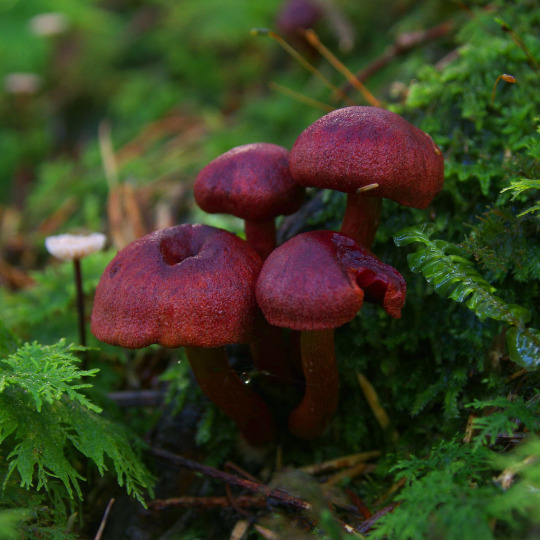
Cortinarius sanguineus - a smallish mushroom with eye catching deep red colouration and a silky cap texture. Not good to eat, but can be used for dyeing wool.
3K notes
·
View notes
Text
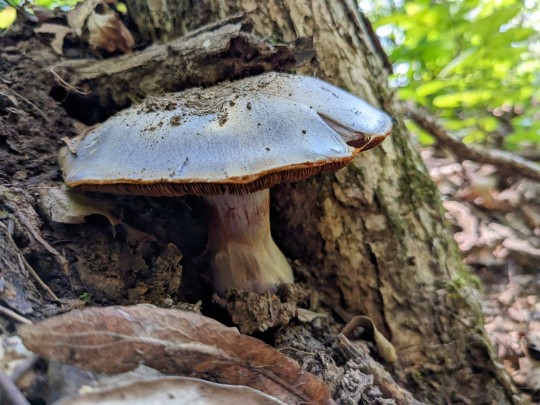
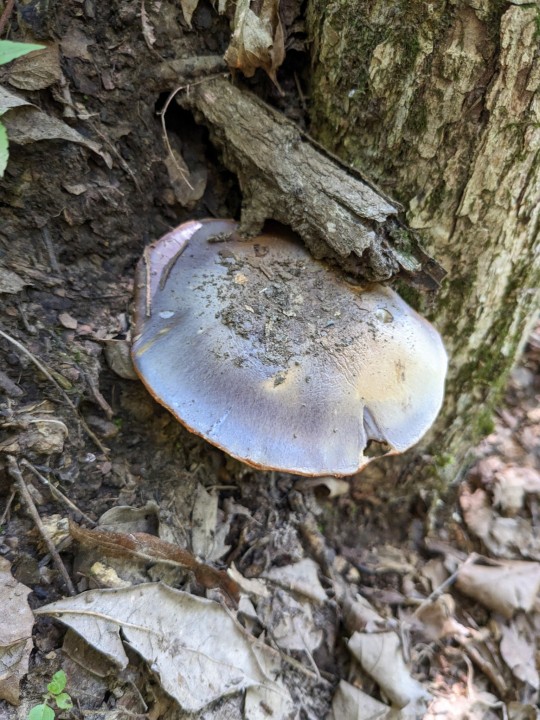
Cortinarius sp.
Commonly called "webcaps".
Young cortinarius mushrooms have a veil-like structure called a cortina between their cap and stem, which usually vanishes as they mature. Worldwide, it's estimated over two thousand species of cortinarius exist.
July 24th, 2023
Randolph County, Illinois, USA
Olivia R. Myers
@oliviarosaline
#mycology#mushrooms#mushroom#cortinarius#webcaps#webcap#cortinarius mushroom#nature#woods#naturecore#forest floor#fairycore#Illinois#forest#cottagecore#forestcore#forests#the woods#fungi#wild fungi#wild mushrooms#mushroomcore#exploring nature#mushroom photography#nature photography#fungi photography#hiking Illinois
95 notes
·
View notes
Photo
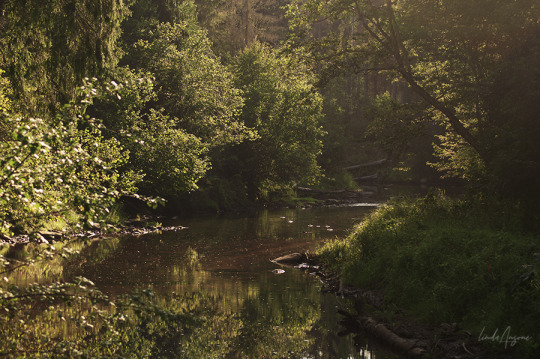
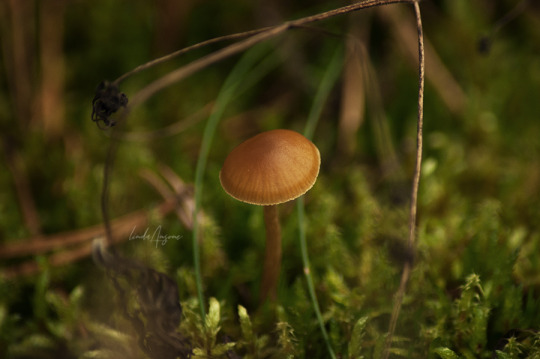
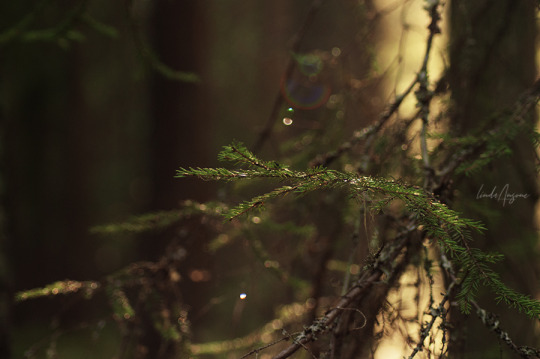


#woods#forest#forestcore#mushrooms#fungi#moss#latvia#galerina#cortinarius#nature#nature photography#forest floor#original photographers#photographers on tumblr#1k
1K notes
·
View notes
Text
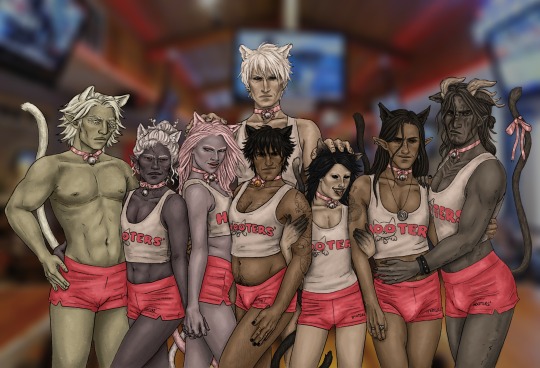
Welcome to the Catboy Hooters <3
Dark Urge Multiverse Polycule Catboy Hooters featuring:
@mycolalia's Cortinarius, @amaranthsynthesis's Ballard, @secondsundering's Caladium, @kaijusaur's Omen, @todderwodders's The Urge, and @feniksido's Zenith
#dark urge multiverse polycule catboy hooters#bg3#enver gortash#durgetash#durge#baldur's gate 3#bg3 fanart#dark urge multiverse polycule#cortinarius#ballard#caladium#the urge#omen#virgil acheron#zenith#my art#i LOVE MY FRIENDS#DONT fucking ask me why i made this
132 notes
·
View notes
Text

Wild Courtiers
Watercolor On Artboard
2022, 9"x 12"
Cortinarius violaceus, Violet Cort
Amethyst
#art#nature#forest#mushrooms#fungi#artists on tumblr#artwork#painting#minimalism#watercolor#mushroom#wild mushrooms#violet webcap#violet cort#cortinarius#mycological art#mycology#amethyst#purple mushrooms#cottagecore#artists#artist#women artists
589 notes
·
View notes
Text

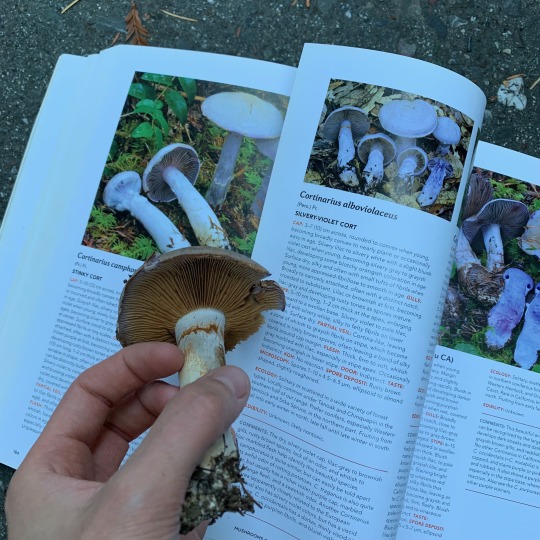
UV reactive Cortinarius sp. from 2019. We tried to identify it but I'm not sure if we correctly identified it or if we ever will. I think the future of mycology texts is to include more notes on UV reactivity/fluorescence, which will definitely help!
#uv reactive#uv light#ultraviolet#fluorescence#mushrooms#mushroom#fungus#fungi#mycology#cortinarius#mushroom identification
187 notes
·
View notes
Text

This may be my favourite photo I took during my walk.
Cortinarius evernius
Free to use for personal stuff like phone wallpapers and lock screens.
#mushroom#mycology#fungus#Cortinarius#Cortinarius evernius#photography#photographers on tumblr#digital photography#hiking#hiking trail#outdoors#wilderness#Byfjellene#Bergen#Norge#Norway#free to use#phone wallpaper#lock screen
95 notes
·
View notes
Text
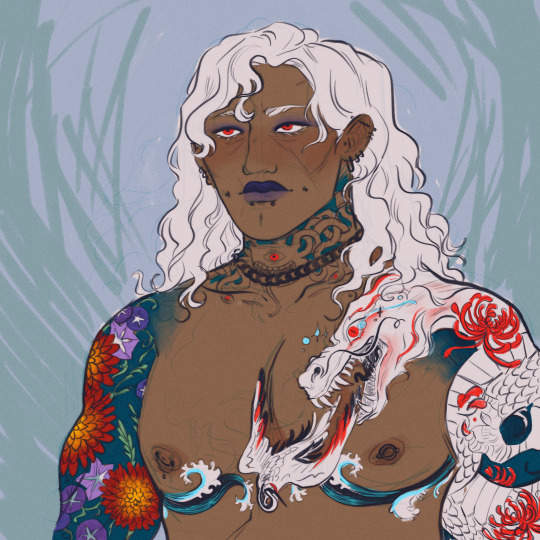

thinking thoughts about a modern/non-magic au Ballard (professional outdoorsman and nature poet, he has killed. SO many people in national parks)
(also feat @mycolalia’s modern Corti, who is a fungal enthusiast rather than a literal mushroom man, but equally feral if not more so)
27 notes
·
View notes
Text
r/mushroom user asks: “why TF are these guys purple?”

Cortinarius sp.?
MCX Answers:
Great question!
IMO: The color of mushroom fruit bodies, especially in terms of their penetration colors (color changes upon bruising or cutting), is influenced by the presence of certain chemical compounds. The primary compounds responsible for these color changes are secondary metabolites, such as polyphenols and enzymes.
When a mushroom is injured or bruised, these compounds come into contact with oxygen, leading to oxidation reactions. This oxidation can result in the formation of new pigments and changes in color. For example:
1. Tyrosinase Enzyme: Mushrooms often contain the enzyme tyrosinase, which plays a role in the production of melanin. When the mushroom tissue is damaged, tyrosinase reacts with compounds like tyrosine to form melanin, leading to darkening or browning.
2. Polyphenols: Certain mushrooms contain polyphenolic compounds that can undergo enzymatic reactions, causing color changes upon exposure to air. This process is often seen in the browning of mushroom flesh.
3. Other Compounds: Specific mushroom species may contain unique compounds that contribute to distinct colors upon bruising or cutting.
The specific colors observed can vary among mushroom species due to differences in their biochemical composition. Factors such as genetics, environmental conditions, and the age of the mushroom can also influence the color changes.
Further… biological adaptation!
The pigmentation of mushroom fruit bodies can have evolutionary significance, although the specific adaptive reasons for coloration can vary among different mushroom species. Some evolutionary considerations for pigmentation in mushrooms:
1. Camouflage and Mimicry: Some mushrooms may have evolved to blend in with their surroundings, providing them with a degree of camouflage. This adaptation could help protect them from herbivores or increase their chances of successful spore dispersal.
2. Warning Colors: In contrast, certain brightly colored mushrooms may serve as warning signals to deter potential herbivores. This is often seen in toxic or poisonous mushrooms that have evolved to display vivid colors as a way of indicating their unpalatability.
3. Attraction of Dispersal Agents: The colors of mushrooms can also play a role in attracting specific dispersal agents, such as insects or animals. Some mushrooms have evolved to produce pigments that attract these agents, aiding in spore dispersal.
4. Environmental Adaptations: Mushroom pigmentation may be influenced by environmental factors, including light exposure. The color of a mushroom might be adapted to enhance its ability to thrive in a particular habitat or microenvironment.
5. UV Protection: Pigments can act as a form of protection against ultraviolet (UV) radiation. Some mushrooms produce pigments that may help shield them from the potentially harmful effects of UV light.
It's important to note that the evolutionary reasons for mushroom pigmentation can be complex and multifaceted, and they may vary greatly among different species.
#mycology#magic mushies#microbiology#mold#60s psychedelia#lgbtqia#lgbtqia2s#lgbtqia2s+#myc#enby#fungi#fungus#enzymes#biology#science#queer#trans#non binary#mushroom#cortinarius
29 notes
·
View notes
Text


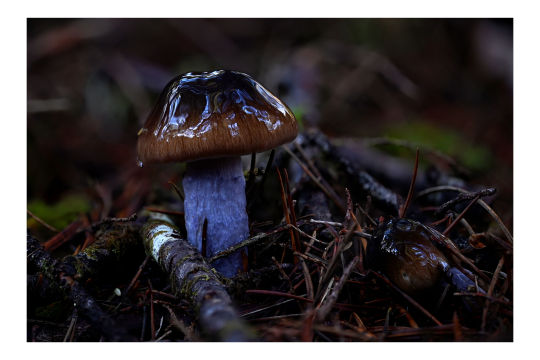
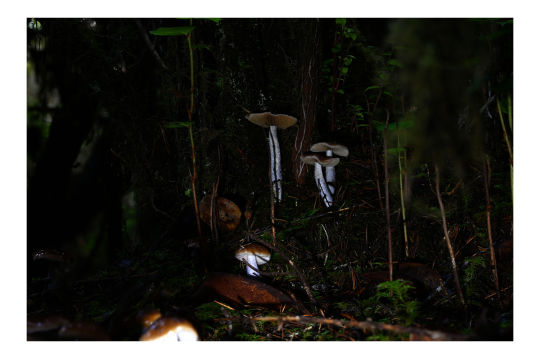


A huge group of Cortinarius vanduzerensis fruiting in the deep shade of Huckleberry. These were growing in a sandy, seaside forest of mostly Sitka Spruce and Shore Pine (P. contorta var contorta).
images 2, 3, 4, & 5 are 40, 30, 10, and 50, image focus stacks
Langlois, Oregon | 10-28-2023
#cortinarius#cortinarius vanduzerensis#fungi#mushrooms#forest floor#mycology#mushroom photography#fungi photography#macrophotography#nature photography#focus stacking#imagestack#mushroom season#nikon#105mm#original photographers
34 notes
·
View notes
Text
🍄 mushroom of the week: Cortinarius rotundisporus

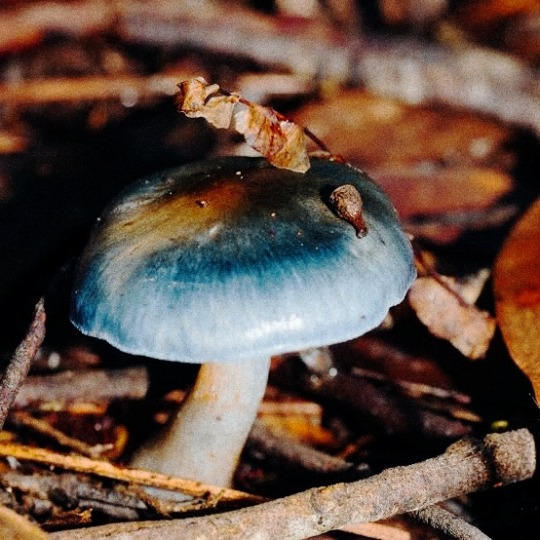

aka. elegant blue webcap. a mushroom from southern Australia, where it is found in eucalypt forests and rainforests, and occasionally cleared areas.
15 notes
·
View notes
Text
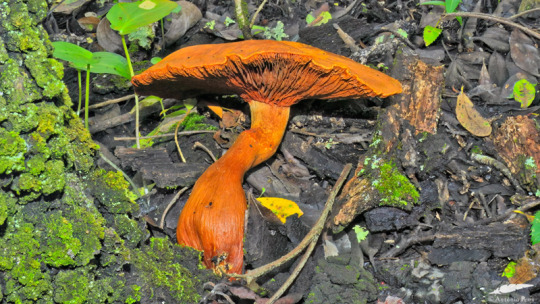
Cortinarius sp
Lisboa/Portugal (14/02/2024)
[Nikon Coolpix P900; 50mm; 1/30s; F6,3; 200 ISO]
9 notes
·
View notes
Text
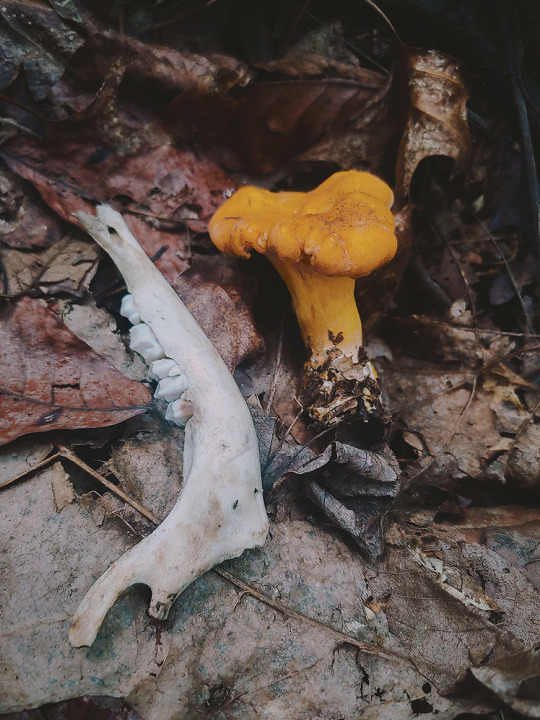

Smooth Chanterelle, Cantharellus lateritius.
Cortinarius iodes.
#Cortinarius iodes#Chanterelle#Smooth Chanterelle#Mushrooms#Mycology#Cortinarius#Purple#Photography#Hiking#Nature#Bones#Deer bones#Cantharellus lateritius
33 notes
·
View notes

